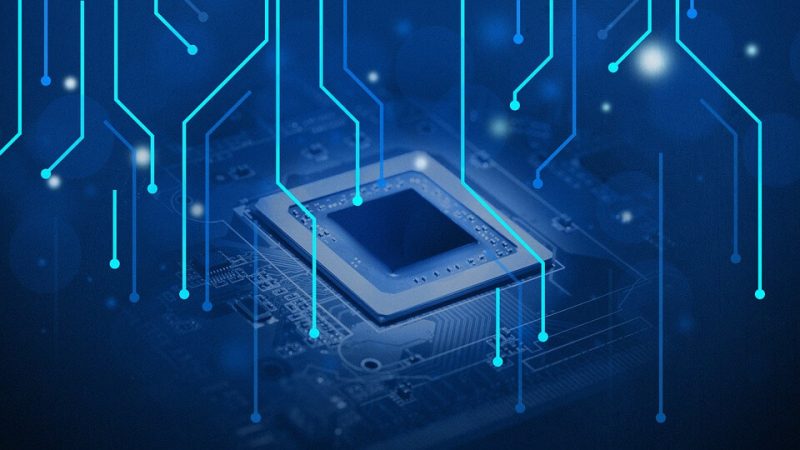
Technology is something which is unborn, it is something that I found and cannot imagine my life without, because the world would be like an empty, dark, and cold place. Technology had made people’s life easier and more productive. Although technology impacts us in many ways. It can be also negative and dangerous but at the same time, it improves our standard of living life also. And it challenges humans to develop and exercise the finest bodily movements of which they are capable. Technology is at the intersection of so many currents and disciplines that the literature has become boundless in its extent. For the pursuit of a better quality of life, some reliance on innovation is unavoidable. In our lives today are cell phones which are now considered a show of civilization, which has increased dependency on the ongoing technologies.
Productivity improvements are the key impact of technological change. Doing more with more with less is the central objective of applying to all the factors of production: land, labor, energy and raw materials. Only with a long-term historical view, we can grasp that the productivity increases due to the continuous technological change over 200 years. The sources of these productivity increases are diverse and defy any simplifying summary.
Increased diversity as a result of the technological change is continually counterbalanced by another tendency of technological change: standardization. Product and process innovations increase diversity, but the push to increase standardization. The balance may well change in the near future in the age of new information technologies. Technologies interact deeply with society and culture, but the interactions involve mutual influence, substantial uncertainty, and historical ambiguity, eliciting, resistance, accommodation, acceptance and even enthusiasm. In an effort to capture these fluid relations, we adopt the notion of co-construction.

In compelling ways, airports combine transportation, production, and consumption, activities that we usually think of as being conducted in railroad factories and stores. Technology, then, its relationship with modernity, is not only symbol making and culture-changing but also in the infrastructure of daily life, society constituting. Technological advancements have changed human life throughout history as technical inventions have emancipated people from many mundane, necessary tasks.
The development of technical artifacts has long relied on the natural sciences and engineering. However, recent technical advancements—such as ubiquitous and multifunctional technologies as well as the emergence of social media—have made it necessary to approach design from a multidisciplinary perspective and to ground design thinking more on the understanding of human mind and human life. As the natural sciences and human-research are in many respects different practices, it is time to discuss their mutually inclusive roles in design and to rethink the foundations of (and relationship between) scientific and design thinking. Information from the Census Bureau tells us that 15% of homes had a personal computer in 1989; by 2011 that number climbed to 75%. Now we have desktop computers, laptops, smartphones, tablets, Apple watches, GPS-enabled cars, and more coming every day. Forget unplugging after the 5 or-6 o’clock whistle blows—we plug in instead.
Anyone born before the advent of technology in their daily lives is considered a “digital immigrant.” Older generations invented our tech-enabled society, but the generations born in this millennium are the first true “digital natives.”
While the “digital rehab” programs older generations have begun using to push back against the all-consuming digital saturation are gaining traction, these programs may make as much sense to younger generations as getting up from the couch to change the channel on the TV. The genie is out of the bottle, and technology is said to have even changed the way younger generations perceive reality.
We’re assuming they perceive reality as that thing happening just beyond the horizon of their laptop, tablet, or smartphone screen (as long as someone is tweeting about it). Although it’s easy to make fun of the next generation’s digital obsession, it will soon be impossible to ignore it. The digital natives are on pace to outnumber the digital immigrants before long.
Technology is just as beneficial as it is destructive to the human race. On the overall, technology is more beneficial than destruction. As long as the government and other regulatory bodies play their roles in ensuring that security is not compromised and that people’s freedom is not trampled, technology will continue to benefit humankind.
This article was originally written by Paridhi Verma.